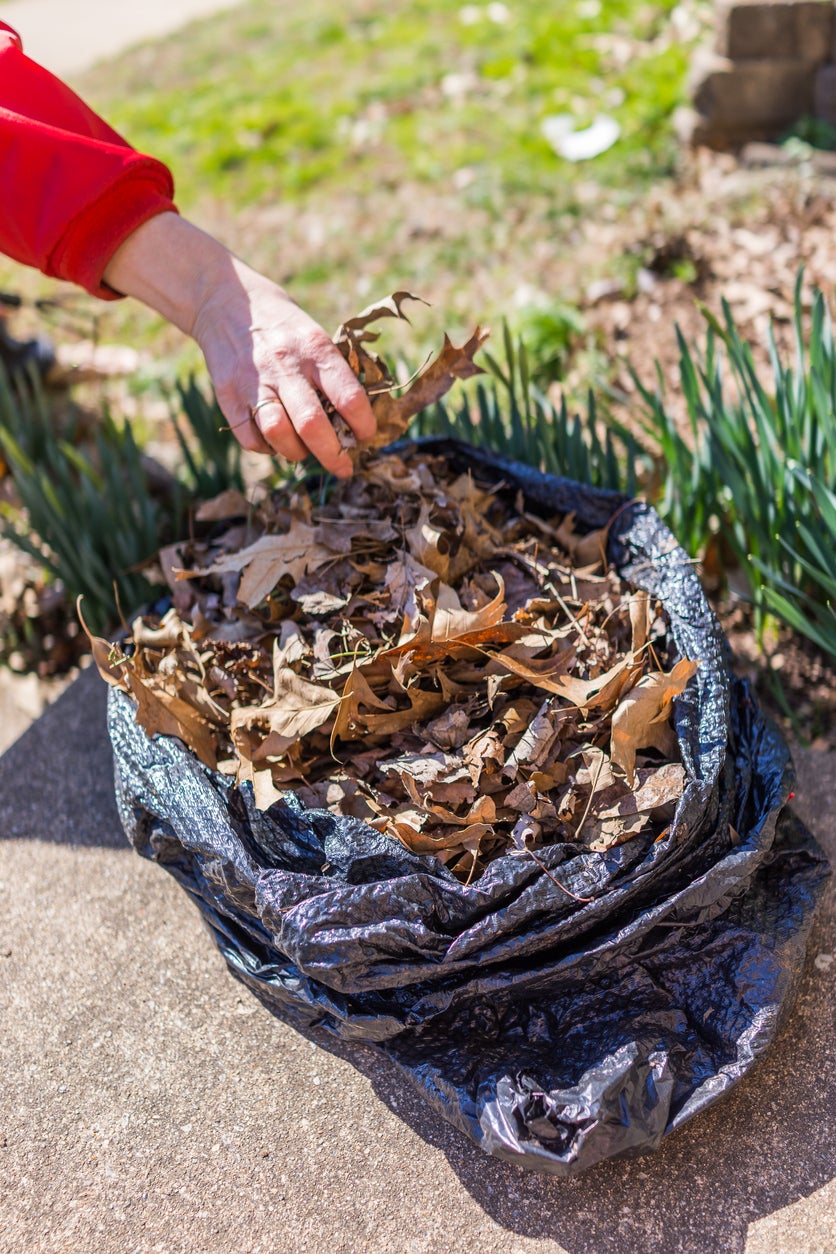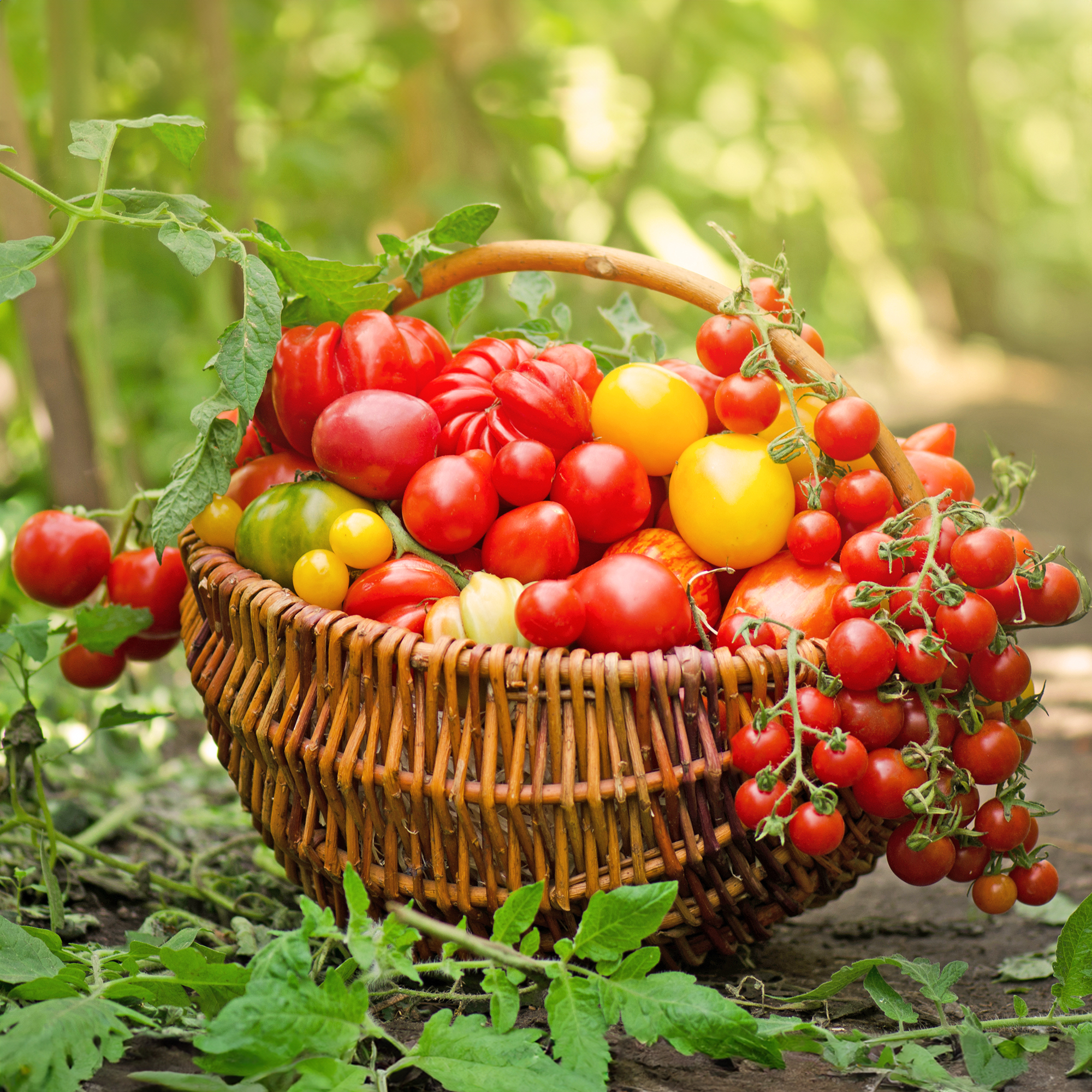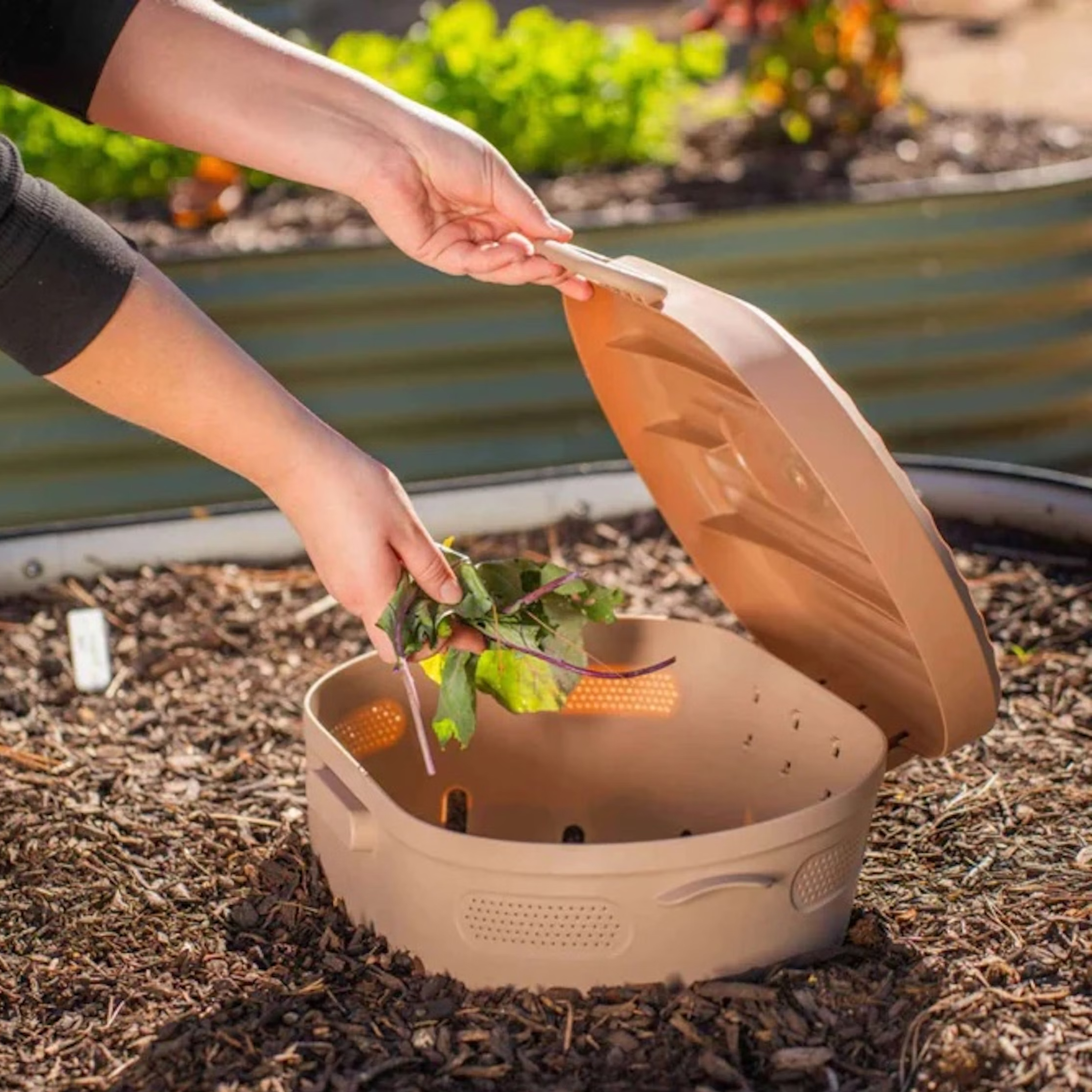What Is Leaf Mold: What Makes Leaf Mold Compost So Special


Good news for those who hate raking leaves in autumn and carting them to the curb for disposal. Instead of making the long haul from the backyard, you can keep them there and make leaf mold. What is leaf mold? You may ask this same question as I did, although I’ve apparently been making it for years and just didn’t realize it had a name.
Leaf mold compost is a simple process that allows you to break down your fallen leaves for future use in gardens and flower beds. Keep reading for more info on using leaf mold for soil.
About Leaf Mold Compost
Using leaf mold as a soil amendment is a common and productive practice. Use it as mulch or incorporate it into the soil, or both. Spread a three-inch (7.5 cm.) layer around shrubs, trees, in flower beds and gardens, or any spot that will benefit from a biodegradable covering or amendment.
Leaf mulch absorbs water, so you can use it to assist with erosion control in some areas. It is effective as a soil conditioner, creating an environment that attracts earthworms and good bacteria. It does not provide nutrients, though, so continue to fertilize as you normally would.
How to Make Leaf Mold
Learning how to make leaf mold is simple. It is a cold composting process, as opposed to a regular compost pile that breaks materials down through heat. As such, it takes longer for leaves to decompose to the appropriate point of use.
You may pile the raked leaves in a corner of your yard or bag them tightly in large garbage bags. Poke holes in the bags to allow some air circulation and store them out of the sun and other weather. These will decompose in approximately a year. However, the leaves may be ready in spring if you shred them before storage.
You can shred with the lawnmower or an outdoor shredder. The shredded leaves will compost quicker and become an earthy scented, soft and crumbly leaf mold for soil substance perfect for mixing into garden beds.
Gardening tips, videos, info and more delivered right to your inbox!
Sign up for the Gardening Know How newsletter today and receive a free copy of our e-book "How to Grow Delicious Tomatoes".
Keep the leaves moist, mix in grass clippings or green leaves, and turn if you have the leaves in a pile. Rake them out into strips for faster decomposition. Not all leaves decompose at the same rate. Smaller leaves are ready more quickly than larger ones.
Now that you’ve learned the benefits of using leaf mold in your outdoor beds, stop throwing them away. Begin cold composting and use them in your gardens while saving yourself a few trips to the curb.

Becca Badgett was a regular contributor to Gardening Know How for ten years. Co-author of the book How to Grow an EMERGENCY Garden, Becca specializes in succulent and cactus gardening.
-
 Types Of Tomatoes Explained: Explore The Many Wonderful Shapes, Colors, Flavors, & Best Uses
Types Of Tomatoes Explained: Explore The Many Wonderful Shapes, Colors, Flavors, & Best UsesThe world of tomato varieties is vast and fascinating. Learn about the key types to grow in your garden, tailored to your preferences and space.
By Amy Grant
-
 Try The Trend – Turn Any Bed Into A Keyhole Garden With This Clever In-Ground Composter
Try The Trend – Turn Any Bed Into A Keyhole Garden With This Clever In-Ground ComposterKeyhole gardening is an efficient and sustainable practice that saves space. Get started on this DIY project quickly and easily with an in-ground composter.
By Bonnie L. Grant